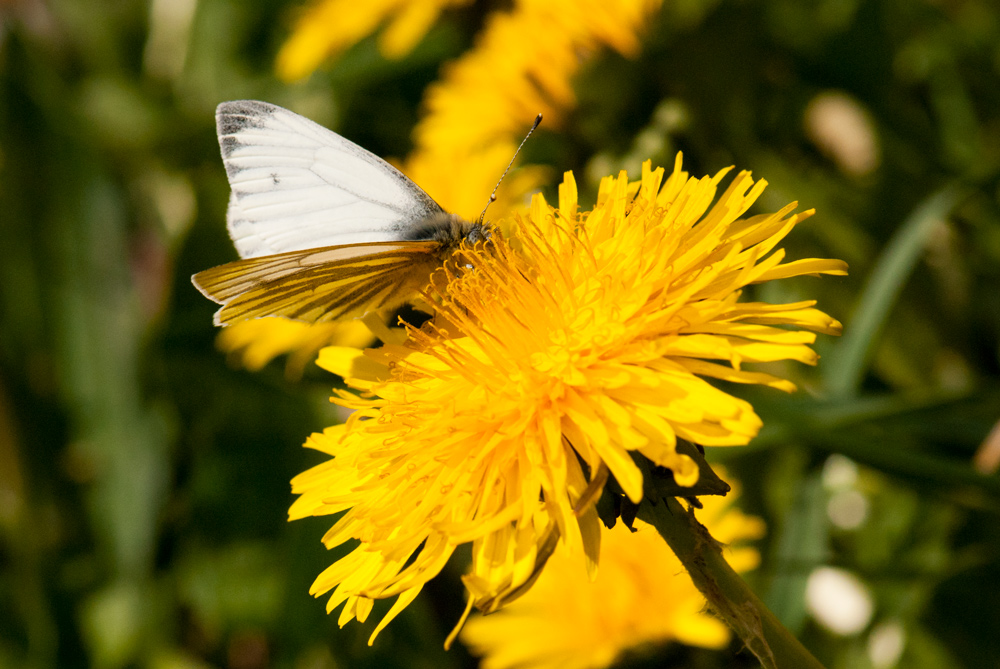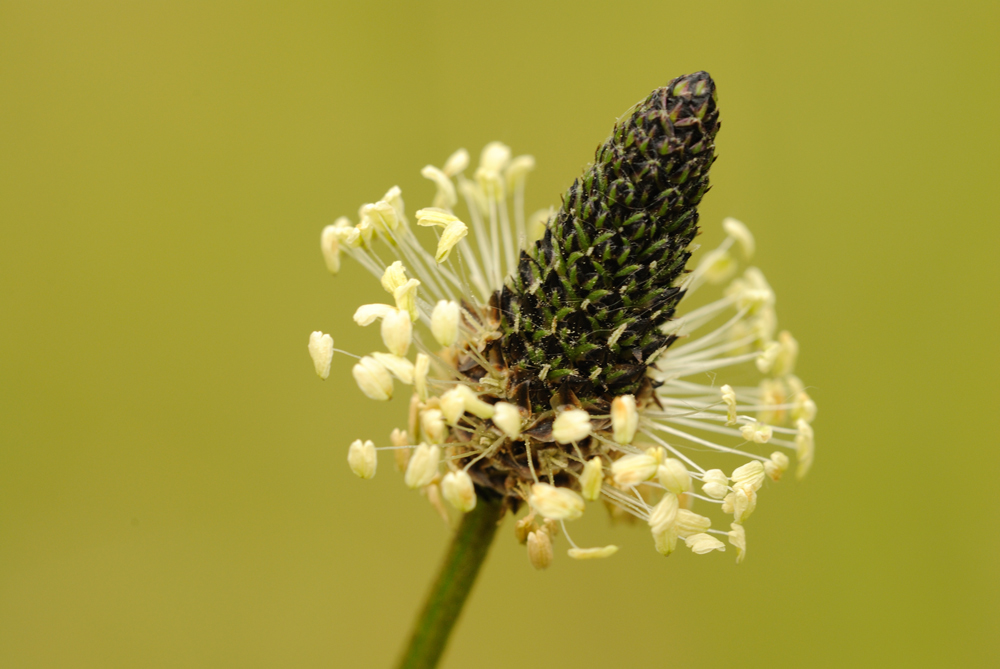You can help give wildlife food and shelter in your garden by allowing a few ‘weeds’ to inhabit your lawn.
by Alex Hennessy of Dorset Wildlife Trust
THE very best lawns for wildlife are the ones that contain a variety of plant species. To help encourage more wildflowers and wildlife-friendly plants into your lawn, hold off mowing for as long as you can. That might mean leaving your grass to grow for a month during May or June, or until early July if you can. If you would rather not give your whole lawn over to wildlife, you can leave a patch to grow wilder.
Keep an eye out for these wildlife-friendly plant species – some would call them weeds, but we think of them as welcome additions to the garden.
For more tips to make your garden a magnet for wildlife, visit dorsetwildlifetrust.org.uk/gardening.
Red clover
The purple pom-pom flowers of red clover are a familiar sight in lawns and meadows, as the plants fix nitrogen for healthy soil. Importantly for wildlife, their flowers are rich in nectar and a favourite of several bee species, including the common carder bee, honeybee and red-tailed bumblebee.
Dandelion
The dandelion has so much to offer wildlife. Leaving these vibrant plants to get on with feeding the bees early in the season is an easy way to help make your lawn a wildlife haven. Before many of the flowers in your garden are in bloom, the dandelions will be drawing in insects for a much-needed meal.

Ribwort plantain
Distinctive brown cone flowerheads with white ‘floating’ stamens top the long stalks of this common lawn plant. The flowers attract a range of moths, butterflies and hoverflies. The seedheads that follow also make great food for birds.










Leave a Reply